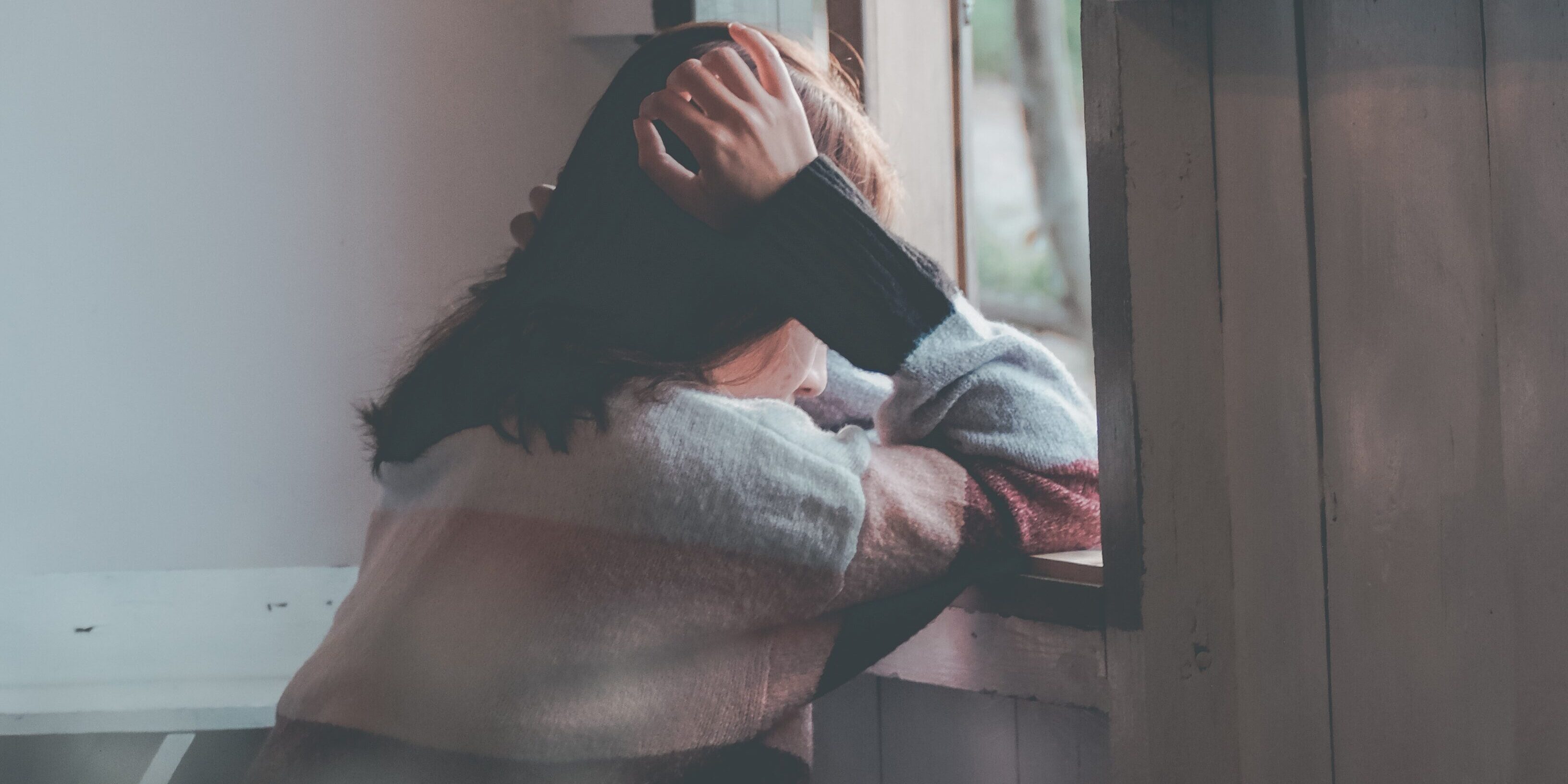What does depression look like through the eyes of a psychiatrist? On average, around 5% of the population experiences depression each year. The prevalence of psychiatric disorders is relatively similar across countries, although it is influenced to some extent by societal stability and, in our northern latitude, also by seasonal changes. Depression is 1.5 to 2 times more common in women than in men. People are more likely to seek treatment when symptoms have persisted for a longer period of time, especially when, in addition to the typical signs of depression, other mental or physical complaints are also present.
The main symptoms of depression
Lowered mood, loss of interest and enjoyment in life, and reduced energy. Additional symptoms include decreased attention and concentration, reduced self-esteem and self-confidence, feelings of guilt and worthlessness, a pessimistic view of the future or a sense of hopelessness, self-harming or suicidal thoughts or actions, and changes in sleep and appetite. In addition, depression is often accompanied by increased anxiety and worrying. Symptoms can also vary significantly between individuals, and the severity of depression—whether mild, moderate, or severe—is determined based on the symptoms present.
Treatment options
The most effective treatment method is the combination of psychotropic medications (antidepressants) with psychotherapy. The effects of antidepressants typically appear about four weeks after the start of the treatment course. The minimum duration of the treatment course is six months. This length of treatment is necessary due to the risk of relapse if the medication is discontinued prematurely. It has been found that approximately 30% of patients with severe depression do not respond to the initial antidepressant treatment. After the second or third episode of depression, a longer treatment course of at least one year should be initiated.
There are different types of psychotherapy; for example, cognitive-behavioral therapy and psychodynamic therapy have shown effectiveness in studies on depression. Family therapy is preferred in the treatment of depression in children and adolescents. The choice of a specific treatment method is made by the doctor based on a thorough medical history. Psychotherapy is especially important when psychological and psychosocial factors play a significant role in the development and persistence of depression.
The choice of treatment depends on the severity of depression. Antidepressants can be used for all levels of severity — mild, moderate, severe, and psychotic. It has been found that 50-60% of patients respond to the first prescribed antidepressant. Antidepressants do not differ significantly in effectiveness or the onset of therapeutic response. When selecting a treatment, the doctor considers the patient’s symptoms, comorbidities, and current medications. Psychotherapy has been proven effective for mild and moderate depression, while studies on its effectiveness in severe depression have shown mixed results. The use of antipsychotics is indicated when the patient exhibits psychotic symptoms. Electroconvulsive therapy is used to treat treatment-resistant severe depression and psychotic depression. Among newer treatment methods, clinical studies have shown effectiveness of light therapy, transcranial magnetic stimulation, and neuromodulation techniques (deep brain stimulation).
The likelihood of recovery
If depression develops as a short-term, acute reaction to a specific life event and the person’s overall functioning prior to this was good, the likelihood of recovery is very high. However, if the patient’s history reveals multiple stress factors—such as a family history of psychiatric disorders, an insecure childhood, substance use, chronic pain syndrome, severe physical illness, etc.—the risk of long-term and recurrent depression is greater. In cases of chronic depression, physical symptoms have been found in over 90% of cases. Physical symptoms of depression include sleep disturbances, such as early morning awakening, changes in appetite (either decreased or increased), and decreased libido.
A significant role in the success of treatment lies with the individual. Motivation to seek help, collaborate with the treatment team (doctor, psychologist, nurse, social worker, occupational therapist, and family), take medication, and change it if necessary — all of these are central to the treatment of depression. When apathy is a core symptom of depression, it can become the main obstacle to effective treatment. In psychiatric care, a trusting relationship between the patient and the treatment team is crucial. Such a relationship also ensures better treatment outcomes.
Meeri Pennar
Psychiatrist


